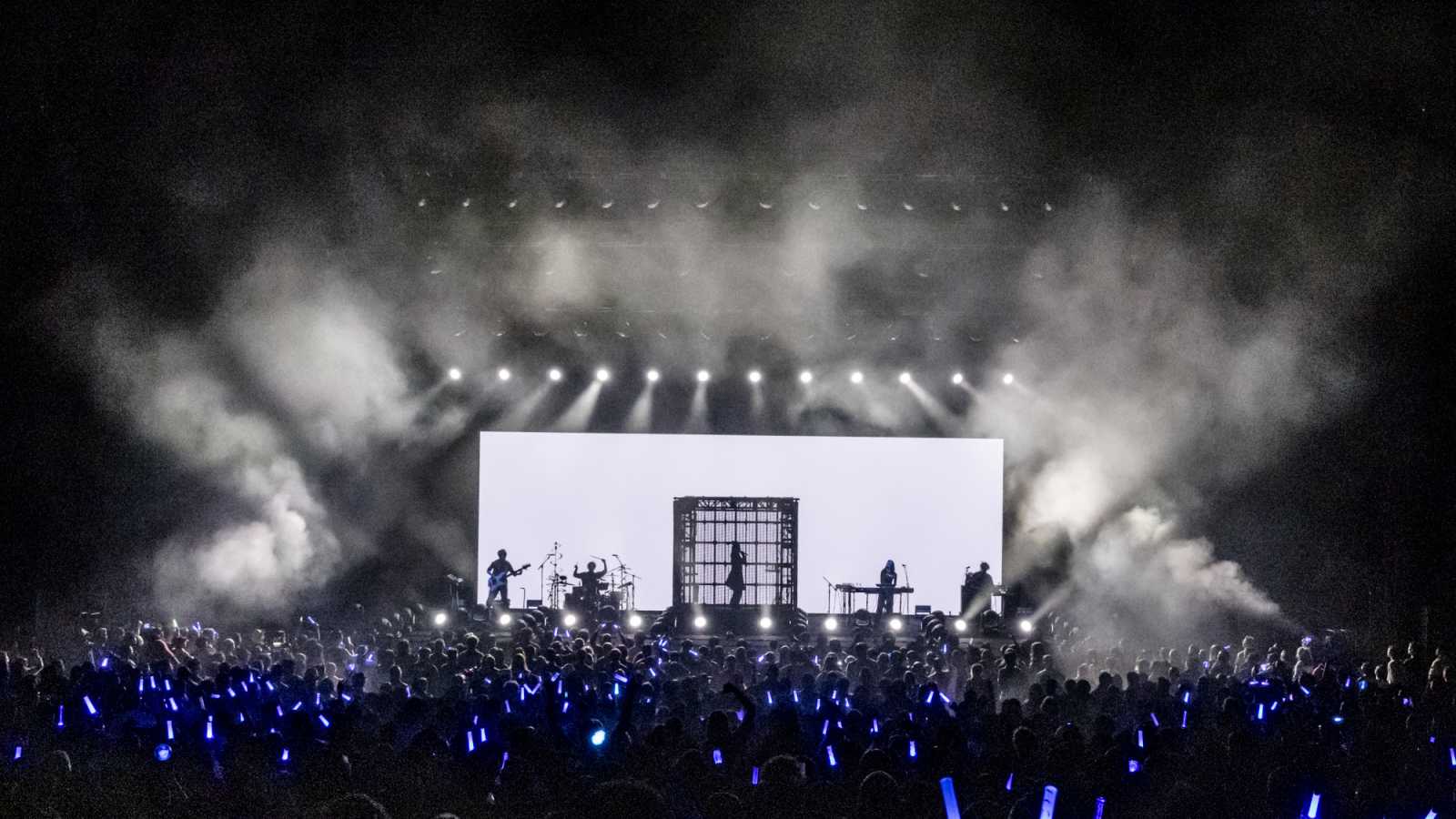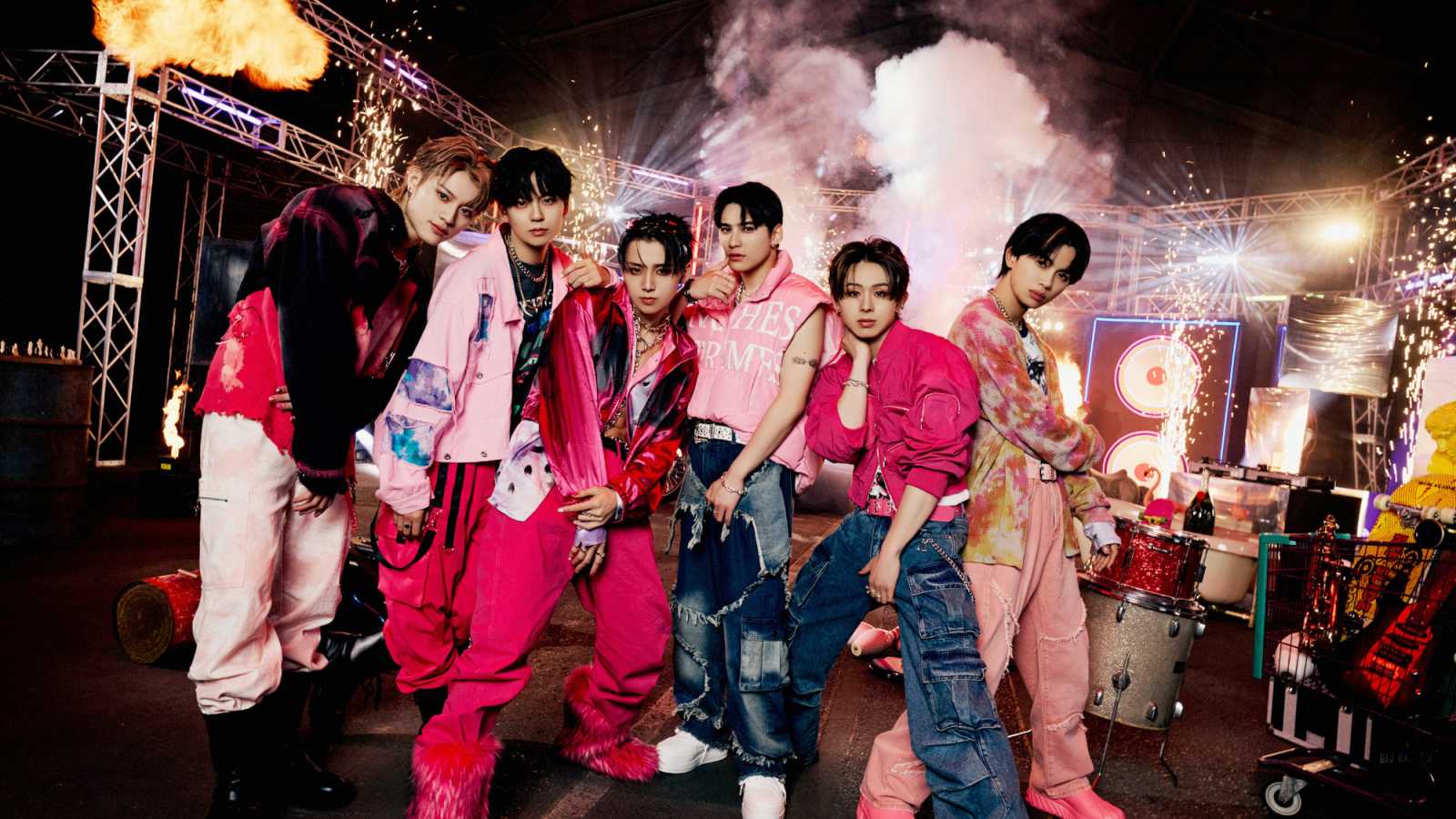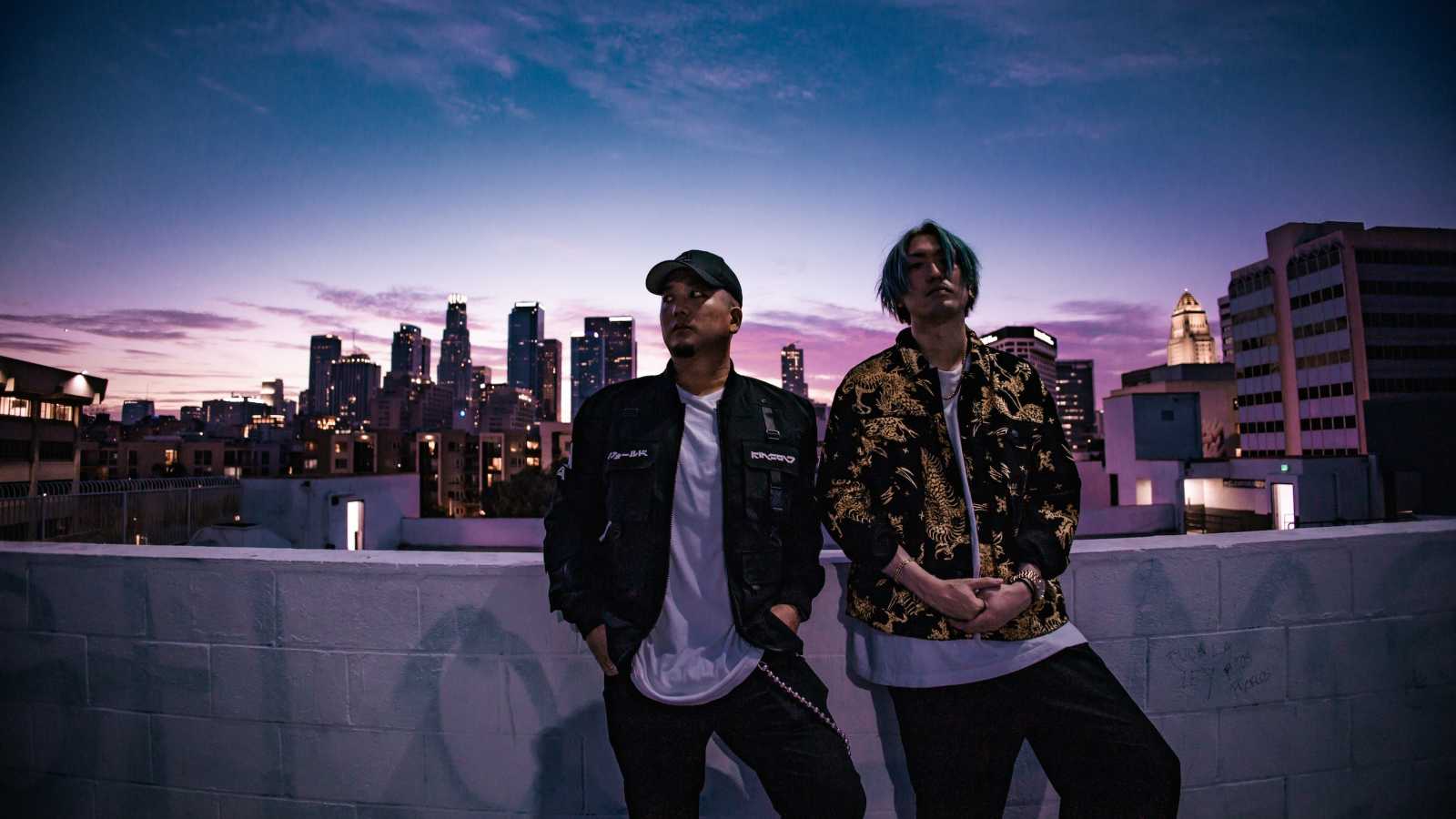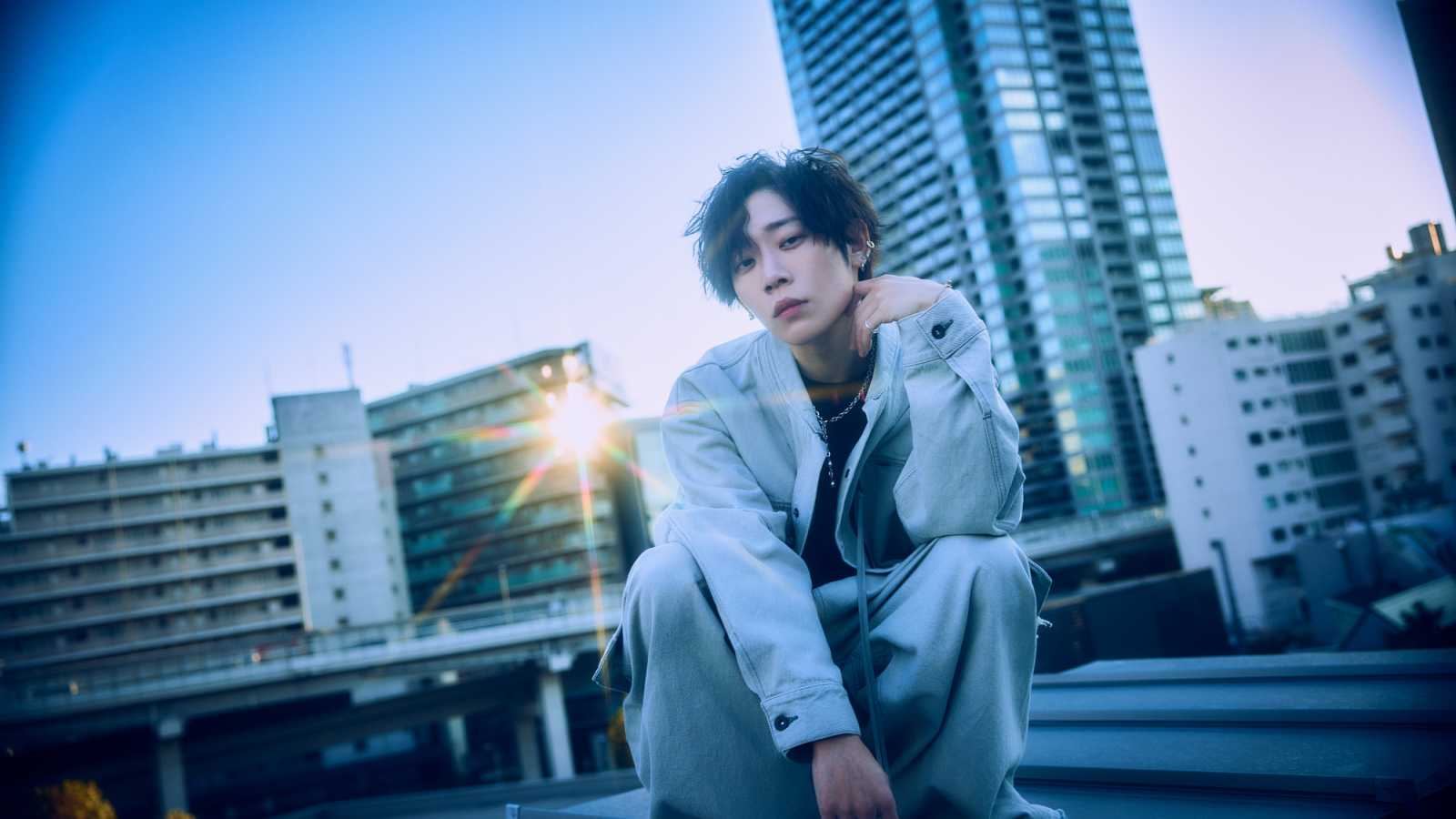Hisaishi Joe is known as one of the most prolific composers of Japan and has gained recognition internationally through his collaborations with acclaimed animator Miyazaki Hayao and director and actor Takeshi "BEAT" Kitano.
Hisaishi Joe was born in Nagano as Fujisawa Mamoru, and it was at the tender age of five that Hisaishi first discovered his passion for music as he attended violin lessons. Realizing that his love for music would be a long-lasting affair, he attended the Kunitachi College of Music to major in music composition in 1969. Hisaishi collaborated with music minimalists as a composer, furthering his experience in the musical world.
Hisaishi enjoyed his first success of the music industry in 1974 when he composed music for a small animation called "Gyatoruzu". During this period, Hisaishi composed the music for "Sasuga no Sarutobi" ("Academy of Ninja") and "Futari Taka" ("A Full Throttle"). As a side note, at this early stage in Hisaishi's career, he was using his true name.
In the 1970s, Japanese popular music, electronic music and new-age music flourished - these genres, as well as the band Yellow Magic Orchestra, influenced Hisaishi's compositions. He developed his music from the ideals of minimalism and expanded toward orchestral work. Around 1975, Hisaishi presented his first public performance, spreading his name around his community. His first album, Mkuwaju, was released in 1981.
As his works were becoming well-known, Hisaishi formulated an alias inspired by Quincy Jones, an African-American musician and producer. The name "Quincy Jones" was transcribed in Japanese as "Joe Hisaishi." ("Quincy", pronounced "Kuinshi" in Japanese, is close to the Japanese pronunciation of the kanji for "Hisaishi"; "Joe" came from "Jones".) This pseudonym became part of Fujisawa Mamoru and remains with him.
In 1983, with his new name, Hisaishi was recommended by a record company to create an album for the anime "Nausicaä of the Valley of the Wind". Hisaishi and the director of the animated movie, Miyazaki Hayao, became friends and would eventually work together on many projects. This big break led to Hisaishi fervently composing more Japanese movie soundtracks. In 1986 he composed music for "Laputa: Castle in the Sky" and in the '90s, he worked on "Princess Mononoke" and other films.
As more exposure was given to Hisaishi and the anime industry, his career grew. He not only started a solo career as a musician but also started to produce music and create his own label (Wonder Land Inc.). A year later, the label produced its first album, Pretender, in New York.
Due to his hard work throughout the years, Hisaishi has won the Japanese Academy Award for Best Music five times―in 1992, 1993, 1994, 1999, and 2000. He also received the 48th Newcomer Award in 1997 from the Ministry of Education (Public Entertainment Section) and many other music awards as a revered figure in the Japanese movie industry.
In 1996, Hisaishi held his first overseas concert in Taiwan and was received warmly by the public.
The year 2001 proved to be Hisaishi's most productive. He produced music for Kitano Takeshi's "Brother" and Miyazaki Hayao's "Spirited Away" and served as executive producer of the Night Fantasia 4 Movement at the Japan Expo in Fukushima 2001. As a result of his composition on the "Spirited Away" soundtrack, Hisaishi won the 56th Mainichi Film Competition Award for Best Music, Tokyo International Anime Fair 2001 Best Music Award for Animation Album of the Year and the 16th Japan Gold Disk Award for Animation Album of the Year. Hisaishi also held his first symphonic concert in South Korea.
On October 6th, Hisaishi made his debut as the film director for "Quartet", in addition to writing both the music and script for the movie. This film was also officially selected for the World Competition section at the Montreal Film Festival and was highly acclaimed internationally. His first soundtrack for a foreign film, "Le Petit Poucet", was released in the same year.
In 2002, Hisaishi released his piano solo album ENCORE. This album featured a variety of his earlier compositions arranged into piano. It was over this short period that Hisaishi performed various concerts and received a favourable reception from his audience. It was only in 2003, however, that his first original work in two years was released: ETUDE -a Wish to the Moon-. Subsequently, Hisaishi gave a unique national concert tour as a pianist accompanied by nine cellists. Hisaishi's work within the film industry was recognised, and in 2002 he was awarded with the 11th Nagaharu Yodogawa Award.
In 2004, Hisaishi once again composed the score for another of Miyazaki's films, "Howl's Moving Castle". Hisaishi also composed the soundtrack for the Korean film, "Welcome to Dongmakgol" in 2005. Hisaishi also performed his second symphonic concert in South Korea.
In January 2006, Hisaishi received the Los Angeles Film Critic Association (LAFCA) Best Music Award for "Howl's Moving Castle". Following the release of ASIAN X.T.C., Hisaishi embarked on a tour of Japan and also traveled to other major cities within Asia to perform. Hisaishi also contributed to the soundtrack of international films such as the Hong Kong film "A Chinese Tall Story" and Chinese film "The Post-Modern Life of my Aunt" in 2006.
The following years saw new releases of soundtracks but also some solo albums like Best of W.D.O. (June 2007), Piano Stories Best '88-'08 (April 2008) and Another Piano Stories ~The End of the World~ (February 2009).
At the beginning of 2010, he held a New Year's live as well as Joe Hisaishi Classics vol. 2 in February. He was also chosen as guest professor at Kunitachi College of Music in April and gave some lessons.
The earthquake in March 2011 and the following-up calamity around Fukushima, and above all these countless destinies behind it, touched also Hisaishi and so he held Hisaishi Joe 3.11 Charity Concert ~The Best of Cinema Music~ tour. The four performances took place between June and July and also brought him to Paris, France. The concert at Tokyo Kokusai Forum Hall A on June 9th was also recorded and came out as a live album on September 7th. The charity aspect was still in focus because, also here, parts of the profits were donated to children who lost their instruments during the Tohoku earthquake.
Moreover, Europe and especially the fans of his works for Studio Ghibli, were pleased with various European releases (e.g. "Nausicaä of the Valley of the Wind", "My Neighbour Totoro" and "Castle in the Sky").
He eagerly composed more music for movies, TV dramas and also for Ghibli afterwards again. 2013 also saw the collaboration between Hisaishi and EXILE member ATSUSHI! The single, titled Zange, was released on October 16th and charted on rank 8 in the Oricon Weekly Charts. Since then Hisaishi has been focusing on composing new music scores again.
Hisaishi Joe will continue to inspire people around the world and one can only wish him the best of luck with his career in the future.




